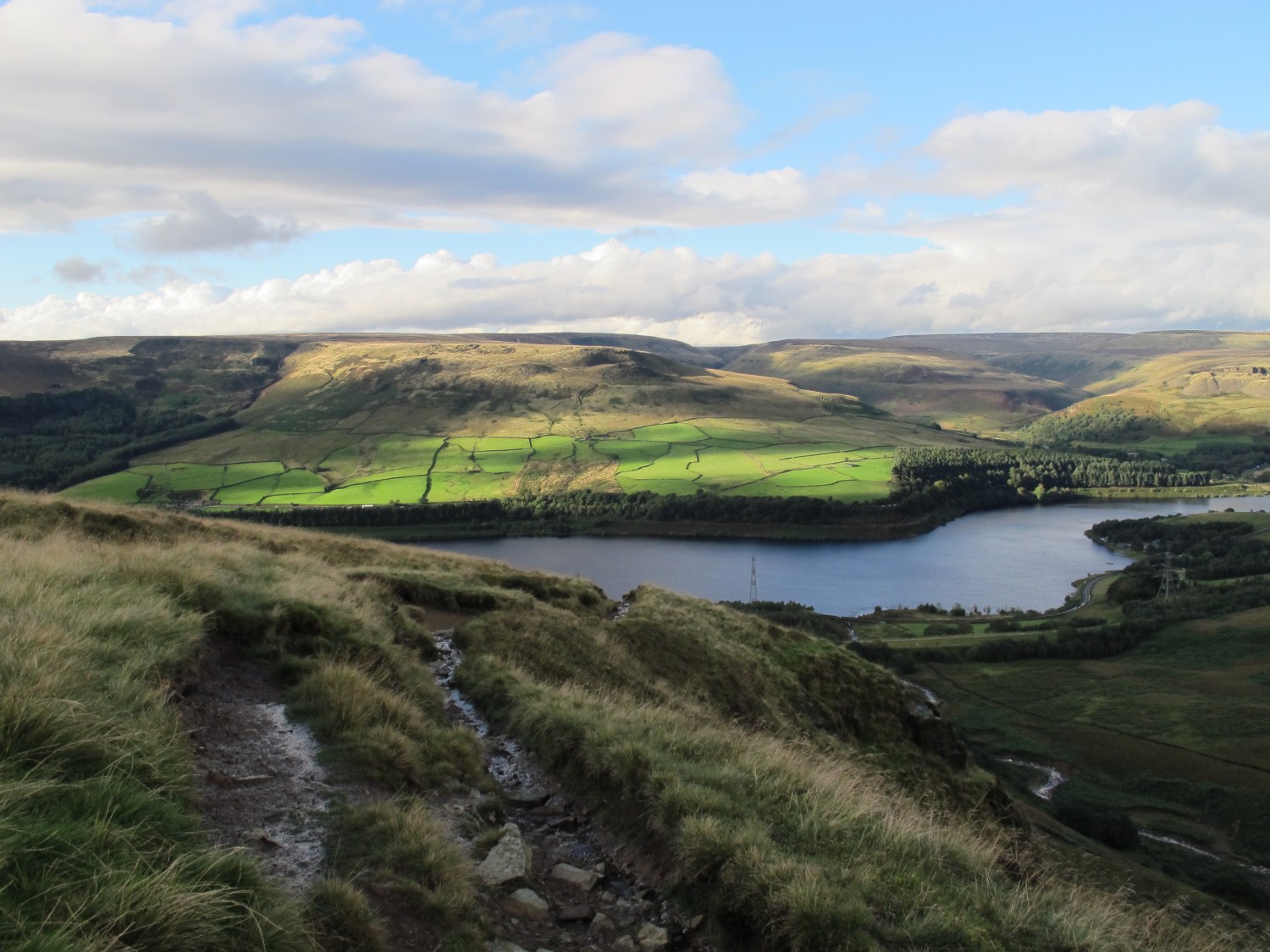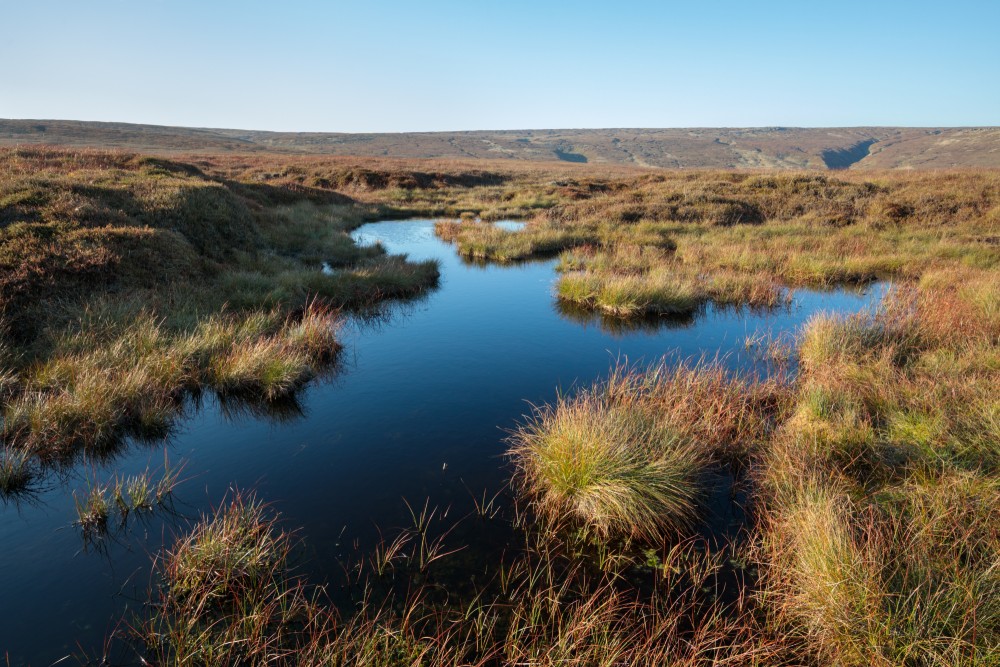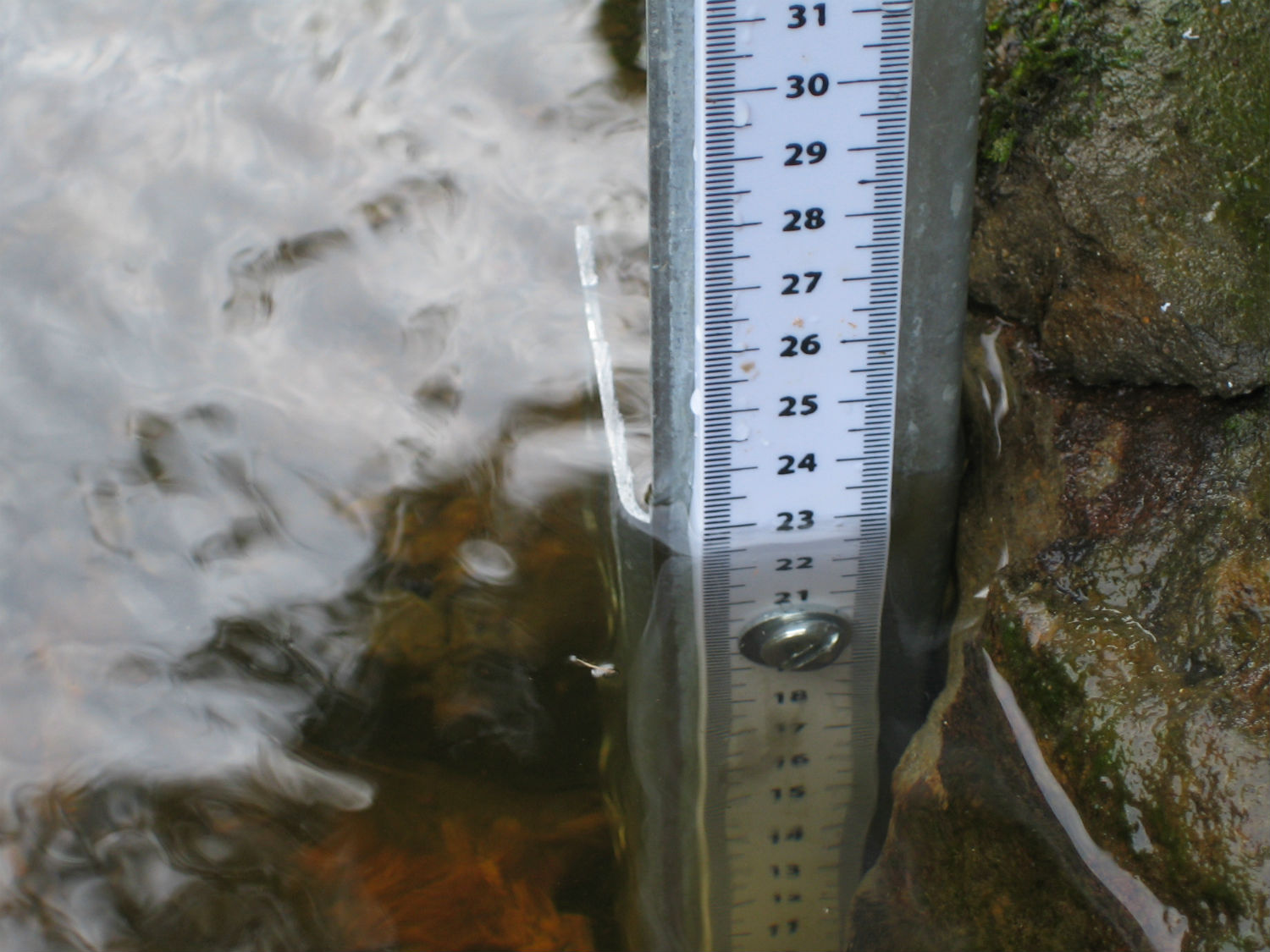Naturally cleaner water
By improving the health of our moors, we can improve water quality long before it reaches our taps
This avoids costly water treatment that increases our water bills
About 450 million litres of drinking water comes from reservoirs in the Peak District each day
Blanket bogs are worth protecting because they can improve the quality of water flowing into our rivers and reservoirs.
Blanket bogs are found on high moorland where there’s often frequent and heavy rainfall
They lie at the top of the catchments that supply our drinking water. When blanket bogs are in good condition, the water that runs off them into drinking water reservoirs is usually cleaner, thanks to special moorland plants called sphagnum moss.
However, due to a combination of factors, many of our blanket bogs have been damaged. They are often drier and many are actively eroding. This causes carbon, in the form of peat, to be released into the water, reducing its quality in several ways:
- Carbon from peat dissolves in the water, staining it brown
- Peat is also present in the water in small particles
- Erosion may also allow heavy metals to be flushed into the water, polluting it
- Streams may also become more acidic
All of these require expensive treatment before the water is supplied to our homes. Surveys on moorland streams have also found that degraded peatlands lead to higher levels of erosion and stream acidification.
By conserving blanket bog, we are tackling water issues directly at the source. We’re allowing nature to improve the quality of raw water leaving the moor, reducing costs and water bills.
Making space for water
Our research has shown that re-vegetating bare peat improves the quality of water flowing into streams and reservoirs
Re-vegetating damaged areas will help to reduce erosion and slow the rate and amount of water flowing downhill
This means less sediment will be present in the water and results in a natural and sustainable way of reducing purification and treatment costs in order for the water to meet the required drinking water standards.
Facts and figures:
- Removing peat particles from the water from one catchment area can cost a water company between £2,000 and £4,000 each week! Other potential treatments add to this cost
- Around 450 million litres of drinking water comes from the reservoirs in the Peak District National Park each day
- The extent to which peat is eroding correlates with the concentrations of nitrate ions found in the water
- Some studies show a 65% increase in dissolved organic carbon, which is responsible for discolouration, between 1995 and 2007



